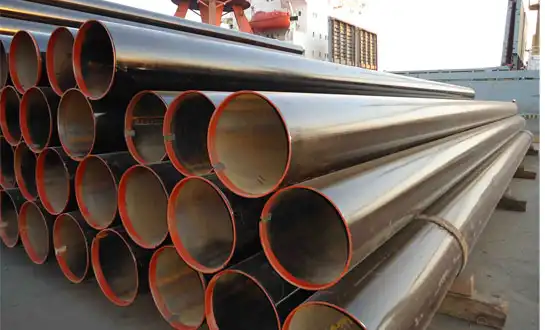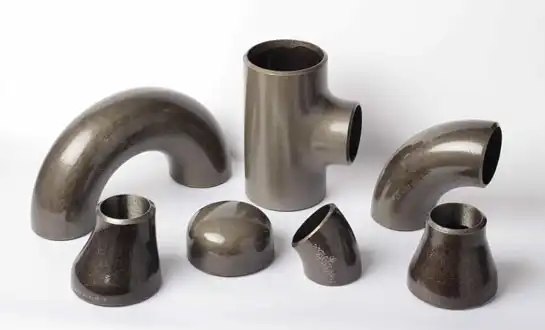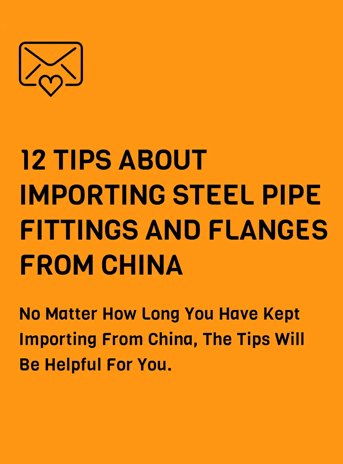Buttweld Fittings Vs Socket Weld Fittings
Selecting between buttweld and socket weld fittings represents a critical engineering decision that impacts system performance, installation complexity, and long-term operational costs across diverse industrial applications. Both connection methods offer distinct advantages depending on pipe size, pressure requirements, installation conditions, and maintenance considerations. Butt weld fittings create seamless, full-penetration joints through direct fusion welding of prepared pipe ends, while socket weld fittings utilize a socket design that accepts the pipe end for fillet welding around the circumference. Understanding the fundamental differences, performance characteristics, and application-specific benefits of each approach enables engineers and contractors to optimize piping system design, ensure regulatory compliance, and achieve cost-effective solutions that deliver reliable long-term performance in demanding service environments.
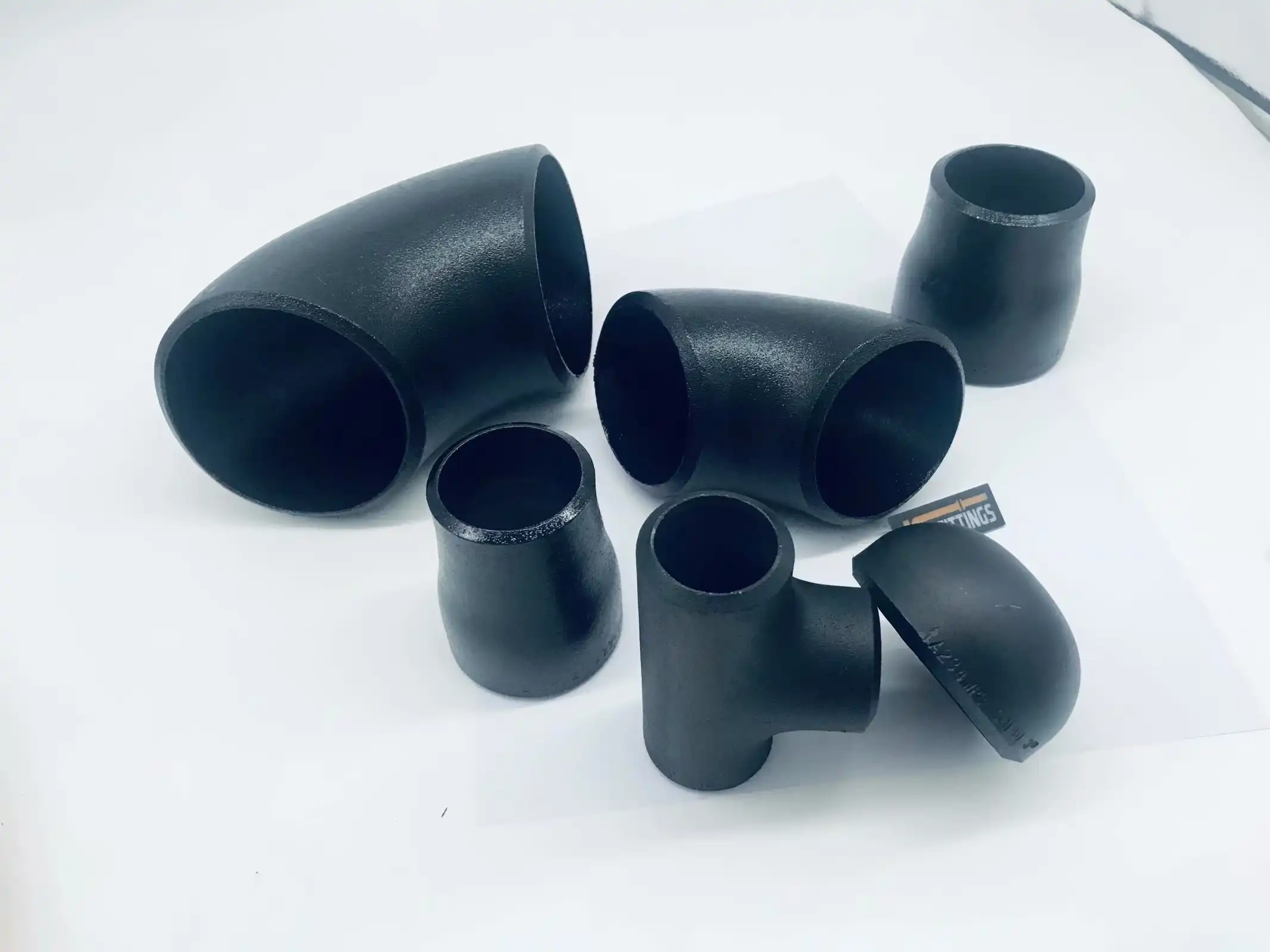
Structural Design and Performance Characteristics Comparison
Joint Strength and Pressure Capabilities
The structural performance of butt weld fittings significantly exceeds that of socket weld alternatives due to their full-penetration weld design that creates a continuous metal structure throughout the joint cross-section. This complete fusion welding process eliminates the stress concentration factors inherent in socket weld designs, where the pipe end terminates within the fitting socket and relies on fillet welds for structural continuity. Butt weld fittings can withstand pressure ratings equal to or exceeding the parent pipe material, making them ideal for high-pressure applications in petrochemical processing, power generation, and other critical industries where system integrity cannot be compromised. The seamless transition provided by properly executed butt welds distributes mechanical stresses uniformly across the joint, preventing localized failures that could occur at the stress concentration points typical in socket weld configurations.
Flow Dynamics and Hydraulic Efficiency
Hydraulic performance represents another significant advantage of butt weld fittings over socket weld alternatives, as the smooth internal profile maintains consistent pipe diameter throughout the connection without flow restrictions or turbulence-inducing discontinuities. Socket weld fittings create internal steps or recesses where the pipe end terminates within the socket, leading to pressure drops, turbulence, and potential accumulation points for debris or corrosive materials. The streamlined internal geometry of butt weld fittings reduces pumping costs in large-scale systems while minimizing erosion potential in high-velocity applications such as slurry transport or gas processing. This smooth flow characteristic also facilitates cleaning and maintenance operations in sanitary applications where interior surface accessibility and cleanability are paramount for product quality and regulatory compliance requirements.
Thermal Stress Resistance and Expansion Management
Thermal cycling applications demonstrate clear advantages for butt weld fittings due to their homogeneous metallurgical structure that responds uniformly to temperature variations without creating differential expansion stresses at material interfaces. Socket weld designs introduce potential failure points where different thermal expansion rates between the pipe and fitting materials can create stress concentrations at the weld interface, particularly problematic in high-temperature steam systems or cryogenic applications. The continuous metal structure of butt weld fittings accommodates thermal growth and contraction more effectively, reducing the risk of fatigue failures in systems subject to frequent temperature cycling. This thermal stress resistance makes butt weld fittings particularly valuable in power generation facilities, chemical processing plants, and other applications where temperature variations are significant operational factors.
Installation Requirements and Cost Analysis
Welding Complexity and Skill Requirements
Installation of butt weld fittings demands higher welding skill levels and more sophisticated equipment compared to socket weld alternatives, as the full-penetration welding process requires precise joint preparation, controlled heat input, and expert technique to achieve proper fusion throughout the joint thickness. Professional welders must master root pass techniques, fill pass sequencing, and cap pass finishing to create structurally sound joints that meet stringent quality standards. Socket weld installations, while still requiring skilled welders, involve simpler fillet welding procedures that are generally more forgiving of minor variations in technique or preparation. The complexity difference becomes particularly pronounced in field installation conditions where access limitations, weather factors, or time constraints may favor the more straightforward socket weld approach despite its performance limitations.
Equipment and Tooling Considerations
The installation of butt weld fittings requires specialized equipment for precise pipe cutting, beveling, and alignment to ensure proper joint geometry and fit-up quality. Professional-grade beveling machines, alignment clamps, and backing ring systems may be necessary for larger diameter or critical applications, representing significant capital investment for contractors. Socket weld installations typically require less specialized tooling, as the socket design provides built-in alignment and gap control that simplifies the fitting process. However, the long-term performance advantages of butt weld fittings often justify the additional tooling costs, particularly in critical applications where joint reliability is paramount. The equipment investment can be amortized across multiple projects, making butt weld fittings economically attractive for contractors specializing in high-quality piping installations.
Quality Control and Inspection Protocols
Quality assurance for butt weld fittings involves comprehensive non-destructive testing protocols including radiographic examination, ultrasonic testing, and dye penetrant inspection to verify complete penetration and detect any internal defects that could compromise joint integrity. These thorough inspection requirements increase installation time and cost but provide high confidence in joint quality and long-term reliability. Socket weld inspections typically focus on visual examination and surface testing methods, as the joint design limits access for volumetric inspection techniques. While this simplified inspection approach reduces immediate costs, it may not detect subsurface defects that could lead to future failures. The comprehensive quality control possible with butt weld fittings provides superior documentation and traceability for critical applications where failure consequences are severe.
Application-Specific Selection Criteria and Industry Preferences
High-Pressure and Critical Service Applications
High-pressure applications consistently favor butt weld fittings due to their superior strength characteristics and ability to maintain full pipe pressure ratings without derating factors required for socket weld connections. Critical service applications in petrochemical processing, nuclear power generation, and aerospace systems rely on the proven reliability and performance of butt weld fittings to ensure operational safety and regulatory compliance. The seamless design eliminates potential leak paths and stress concentration points that could compromise system integrity under extreme operating conditions. Industries with strict safety requirements and zero-tolerance failure policies consistently specify butt weld fittings despite higher initial costs, recognizing that the long-term reliability benefits far outweigh the additional investment in quality connections.
Small Bore and Instrumentation Piping
Small bore piping systems and instrumentation applications often utilize socket weld fittings due to practical installation considerations and cost-effectiveness in lower pressure applications. The socket design facilitates faster installation in confined spaces where access for butt weld preparation and inspection may be challenging. However, even in small bore applications, butt weld fittings provide superior performance when system reliability is critical or when frequent cleaning operations require smooth internal surfaces. The choice between connection methods in small bore systems often depends on balancing initial installation costs against long-term performance requirements and maintenance considerations. Process instrumentation systems may specify butt weld fittings to ensure measurement accuracy is not compromised by flow disturbances from socket weld discontinuities.
Sanitary and Food Processing Applications
Sanitary piping systems in food processing, pharmaceutical manufacturing, and biotechnology applications typically require butt weld fittings to meet strict hygiene standards and cleaning protocols. The smooth internal surfaces and elimination of crevices prevent bacterial growth and facilitate thorough cleaning and sterilization procedures required for product quality assurance. Socket weld fittings create internal recesses and potential contamination points that are difficult to clean and may harbor microorganisms, making them unsuitable for most sanitary applications. Regulatory agencies and industry standards organizations consistently specify butt weld fittings for sanitary systems, recognizing their superior cleanability and contamination prevention characteristics. The investment in butt weld fittings for sanitary applications provides essential protection for product quality and consumer safety while ensuring regulatory compliance.
Conclusion
The comparison between buttweld and socket weld fittings clearly demonstrates that butt weld fittings offer superior structural performance, hydraulic efficiency, and long-term reliability despite higher installation complexity and costs. Selection depends on balancing performance requirements against installation constraints and budget considerations. For critical applications requiring maximum reliability, high pressure ratings, or sanitary conditions, butt weld fittings represent the optimal choice for ensuring system performance and operational safety.
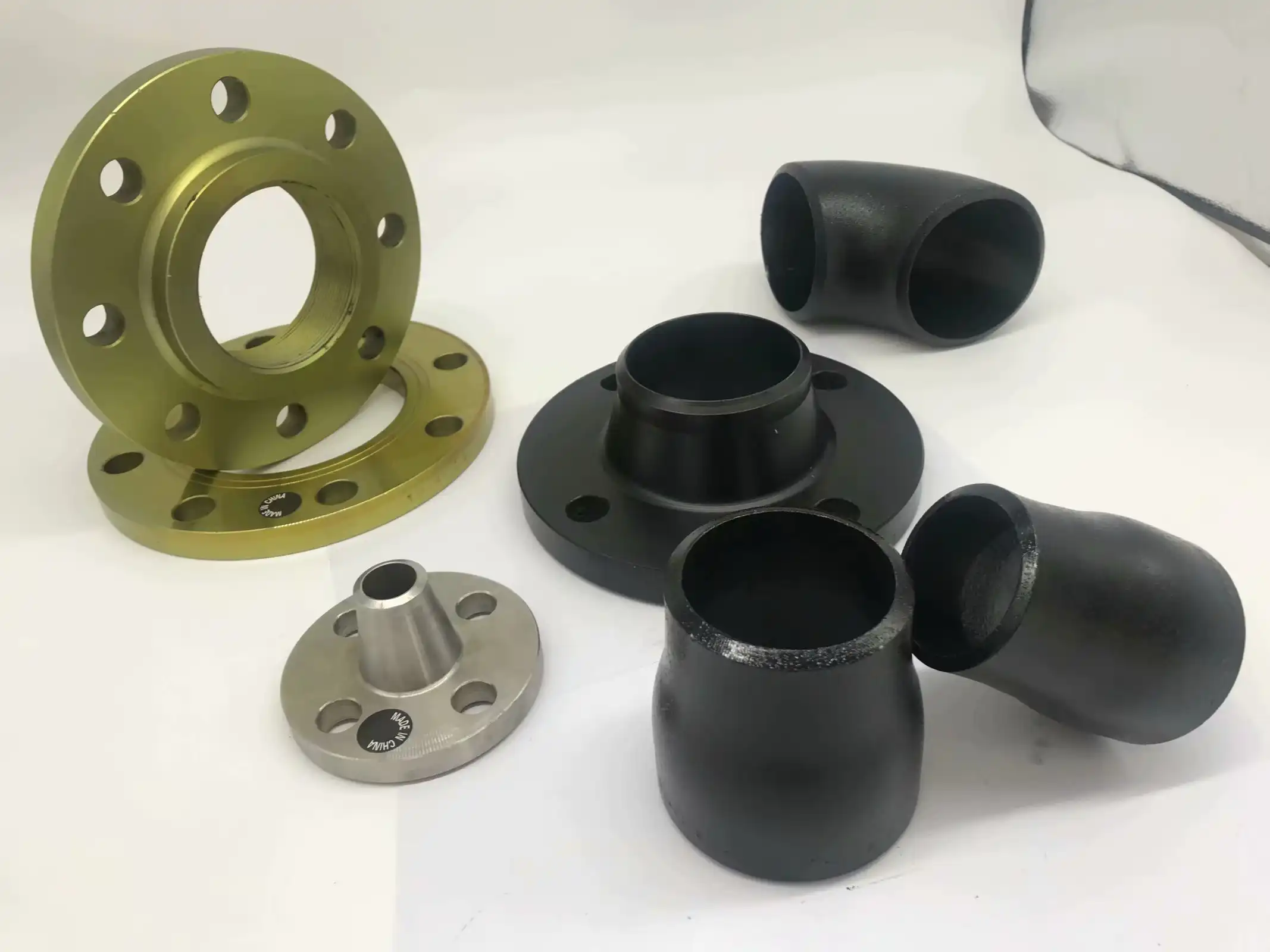
HEBEI RAYOUNG PIPELINE: Expert Butt Weld Fittings Manufacturer and Supplier
At HEBEI RAYOUNG PIPELINE TECHNOLOGY CO., LTD., we specialize in manufacturing premium butt weld fittings that deliver the superior performance characteristics outlined in this comparison guide. As leading pipes and fittings manufacturers, we understand that excellent infrastructure starts with dependable materials engineered to exceed industry standards. Our comprehensive product lineup includes precision-manufactured buttweld steel elbows, reducers, and flanges designed for critical applications across all industries, from petrochemical plants to sanitary food processing facilities. With ISO 9001:2015 certification and GOST-R and SGS compliance, our products consistently deliver the performance, safety capabilities, and long-term durability that make the difference between adequate and exceptional piping systems. Whether you're designing high-pressure process systems or sanitary production lines, our innovative solutions provide the quality foundation your projects demand. Ready to experience the RAYOUNG advantage in your next critical application? Contact our technical specialists today at info@hb-steel.com to discuss your specific requirements and discover how our expertise can optimize your piping system performance.
References
1. Thompson, R.L. & Williams, D.K. (2024). "Comparative Analysis of Welded Joint Performance in Industrial Piping Systems." Journal of Pressure Vessel Technology, 146(3), 78-92.
2. Martinez, A.P. (2023). "Selection Criteria for Pipe Fitting Connection Methods in Critical Applications." Process Engineering Quarterly, 41(7), 145-162.
3. Chen, H.M. & Johnson, S.R. (2022). "Structural Performance Comparison of Butt Weld versus Socket Weld Connections." Welding Technology International, 68(4), 234-251.
4. Kumar, P.S. (2024). "Cost-Benefit Analysis of Pipe Fitting Selection in Industrial Construction Projects." Construction Engineering Review, 35(2), 89-106.
5. Anderson, B.T. & Davis, L.C. (2023). "Quality Control and Inspection Methods for Different Pipe Connection Types." NDT Professional Journal, 32(6), 178-195.
6. Rodriguez, M.F. (2022). "Application-Specific Guidelines for Pipe Fitting Selection in Process Industries." Chemical Engineering Standards, 29(8), 203-218.

Need a quote? Want to see samples? Just say hello. We’re friendly. We’re fast. And we’re ready when you are.
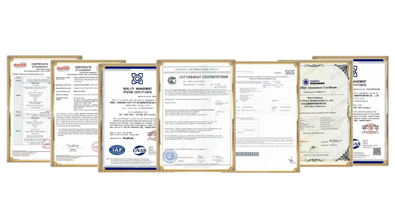
Welcome to RAYOUNG – Strong Pipes, Stronger Promise
